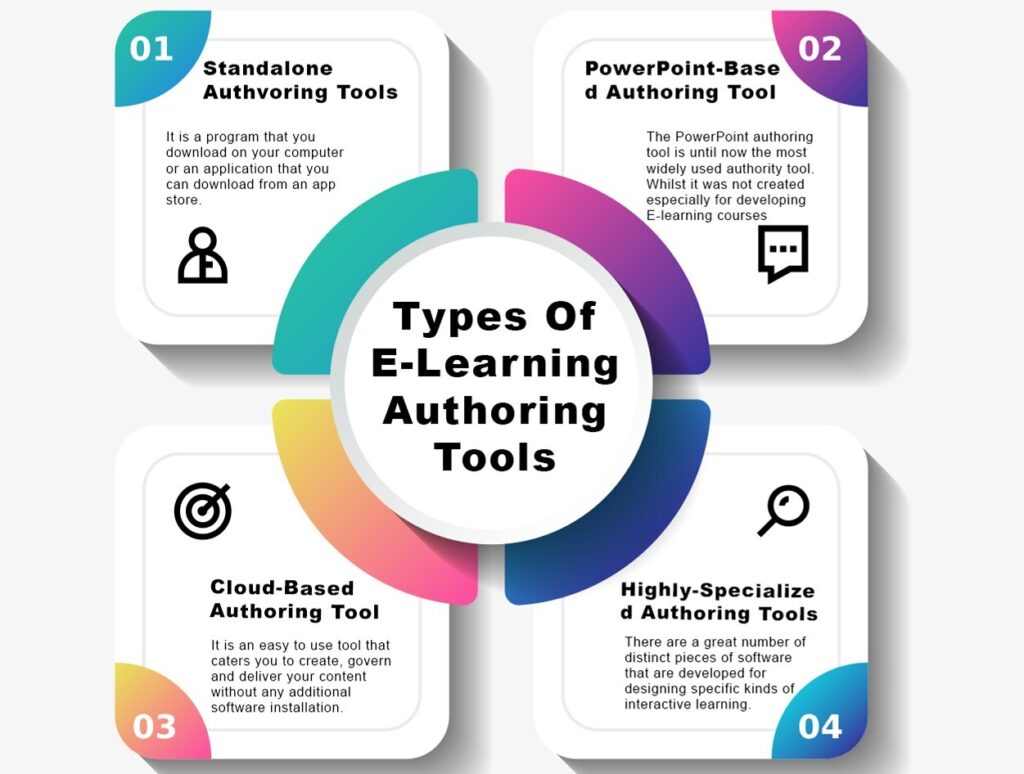
There are four types of learning. These types are called Synchronous and Cognitive dissonance, self-assessment, transfer of learning, and synchronous. These four types of learning are key to making the process more efficient. Let's discuss each. Authentic learning is learning that students find meaningful and connects with their life purpose. This means that the student is motivated and more likely to have a positive and fulfilling learning experience.
Synchronous learning
The differences between synchronous, asynchronous, and synchronous learning are easily summarized with a few key words. Synchronous learning, on the other hand, involves both students and instructors engaging in learning at the same time and place. Students engage with the instructor through the course. Synchronous tools include WebEx Livestreaming, Bongo Virtual Classrooms, LEARN's chat function, and Google Docs which allow students to simultaneously modify documents.
The mode of delivery is the most significant difference between synchronous or asynchronous learning. The first is the format in which the learning takes place. Asynchronous events, like webinars, are held on a set date and time, and learners are more likely to engage with a live event because they are physically present. Another difference is that asynchronous learning is not as convenient for some learners, who may experience connectivity problems or other distractions and miss out on the event.

Cognitive dissonance
Dissonance may occur between what we believe and what we perceive when we learn new information. Cognitive dissonance may be reduced by redefining what we experience as interesting, changing our beliefs, or removing conflicting material from our minds. We may try to rationalize some of our behavior to lessen cognitive dissonance. Although we might think that smoking is a healthy activity, we may not know the connection.
Stanford University psychologists Leon Festinger, and James M. Carlsmith carried out an experiment in 1959. The experiment involved subjects being asked to do a monotonous task while receiving a $1-20 or $20 payment if the subject could show that they enjoyed the task. This experiment showed that individuals who perceive dissonance are unable to absorb new information. The results of this experiment may be controversial but the principles that underlie the phenomenon are well-established.
Self-assessment
Both the teacher and student can benefit from self-assessment. However, teachers should not use this method to give students feedback. The teacher can hold students accountable for their behavior and help them improve. Students will improve their self-assessment skills if they are more comfortable with it. Here are some tips to make self-assessment a valuable part of your learning experience.
Encourage students monitor their own performance. This improves academic performance, and also helps students learn. It develops critical skills that are essential for lifelong learning. Students can use the concepts they learn to apply them. Students can also use these techniques to measure their progress. Self-assessment can be used to help identify areas where they need to improve. But, this isn't a substitute for traditional training.

Transfer of learning
You can enhance learning transfer in many ways. Motivation is an important factor in facilitating the transfer of learning. A fictional character, Venus Flytrap (or Venus Flytrap), appeared on a local television program and explained the Atom to a young man looking to quit school. Learning is also affected and influenced by the context of society. Broad and Newstrom identified six elements that can support or block the transfer of learning terms.
Some situations in which skills are transferred may not be the same as the ones where they were first acquired. Students may not recognize the importance of their current knowledge in new situations. The "what", or the process of transferring knowledge, is different depending on whether they involve abstract principles or procedural guidelines. Both types require students who want to transfer their skills. Transfer failure can cause confusion in the learner. This article will discuss how to facilitate transfer and how to evaluate it.
FAQ
How much multimedia can an eLearning course include?
This depends on what you're trying to achieve. If you are looking for a quick way to deliver information, then less is probably better. However, if you are looking at delivering training that will help people learn how to do something, then more may be better.
The most important thing is to know what your goals are for your eLearning courses. Also, you need to know what your learners expect from the course. This will enable your course to be able to deliver the content necessary to accomplish your objectives.
Take, for example:
You should include many examples of text documents to help people learn how to use Microsoft Word. You would also need to demonstrate many different spreadsheets to help people learn Excel.
It is also important to decide whether you plan to use images or video to illustrate concepts.
Video is great for showing people how to do something, but it's not so good for explaining complex topics. Video is also quite expensive to make. Although images are easier to create, they don't have the same emotional impact of a video.
The bottom line is to think carefully about the end result before designing your eLearning courses.
What is eLearning and how does it work?
E-learning can be used to learn online for individuals, institutions, and organizations. It's a method of transmitting information and instruction via electronic media, such as computers and mobile devices.
The term "e" is used because this type of learning uses technology to deliver content rather than physical materials.
E-learning can take place anywhere that people have internet access.
What is the purpose of eLearning?
Learners can engage in learning activities online at any time, from anywhere. They can learn whenever they want, wherever they are.
E-Learning allows learners to connect with other people who share similar interests. This interaction increases communication skills and knowledge sharing.
The use of technology facilitates the transfer of information between the teacher and the student. Technology used should be robust enough support high-quality content delivery.
E-learning helps to reduce costs and can also help you save money on travel for training purposes.
It saves time, money, and allows the learner/student to complete their coursework while working/traveling.
What equipment is needed to do eLearning effectively?
It is essential that you set everything up correctly before you start an online class. You'll probably want to use Adobe Captivate as well as a webcam and microphone.
Also, ensure that all required software is installed on your computer. This includes Microsoft Office Word Excel PowerPoint, Adobe Acrobat Reader Flash Player Java Runtime Environment QuickTime 7 or Shockwave Flash 10.0.
You may also want to consider using a screen capture program such as Camtasia Studio from TechSmith. It allows to capture what is happening on the computer screen while you're working.
Finally, you might want to download a web conferencing tool like WebEx or GoToMeeting. These programs enable you to connect with others who are simultaneously watching the same presentation. You can also share your desktop with others.
Where can e-learning be used?
It is a way for people who are unable or unwilling to go to classes face-to-face to learn at their own pace. You can also use it to teach others how to do things.
E-Learning is also very well-liked by businesses, as they can incorporate it into their training programs.
E-Learning is becoming increasingly popular in schools because it saves money and time.
Statistics
- According to ATD's 2021 State of the Industry report, technology-based learning methods, including e-learning, accounted for 80 percent of learning hours used in 2020. (td.org)
- The UK sample was relatively balanced in terms of gender (56% male) compared to the Gambian group (77% male). (sciencedirect.com)
- E-learning is intended to enhance individual-level performance, and therefore intend to use of e-learning should be predicted by a learner's preference for self-enhancement (Veiga, Floyd, & Dechant, 2001). (sciencedirect.com)
- However, e-learning courses that are engaging, well-designed, and interesting are likely to be perceived as useful by e-learners (Roca & Gagné, 2008). (sciencedirect.com)
External Links
How To
What technology should I use for eLearning?
There are many options for you, depending on the device your learner is using.
-
Computer-based courses should be delivered on a computer.
-
Mobile devices such as tablets and smartphones can be used to deliver eLearning courses.
-
A combination of both mobile devices and computers can be used to deliver courses.
-
Some organizations offer online courses on DVD that can be viewed on any device.
-
It is a popular choice to create web pages so that users can access the material online.
-
You can also use hybrid solutions, where one part of the course is delivered via a website and another through a CD/DVD.
-
Finally, some companies offer free eLearning over the telephone. These courses can be recorded by learners and played back later.